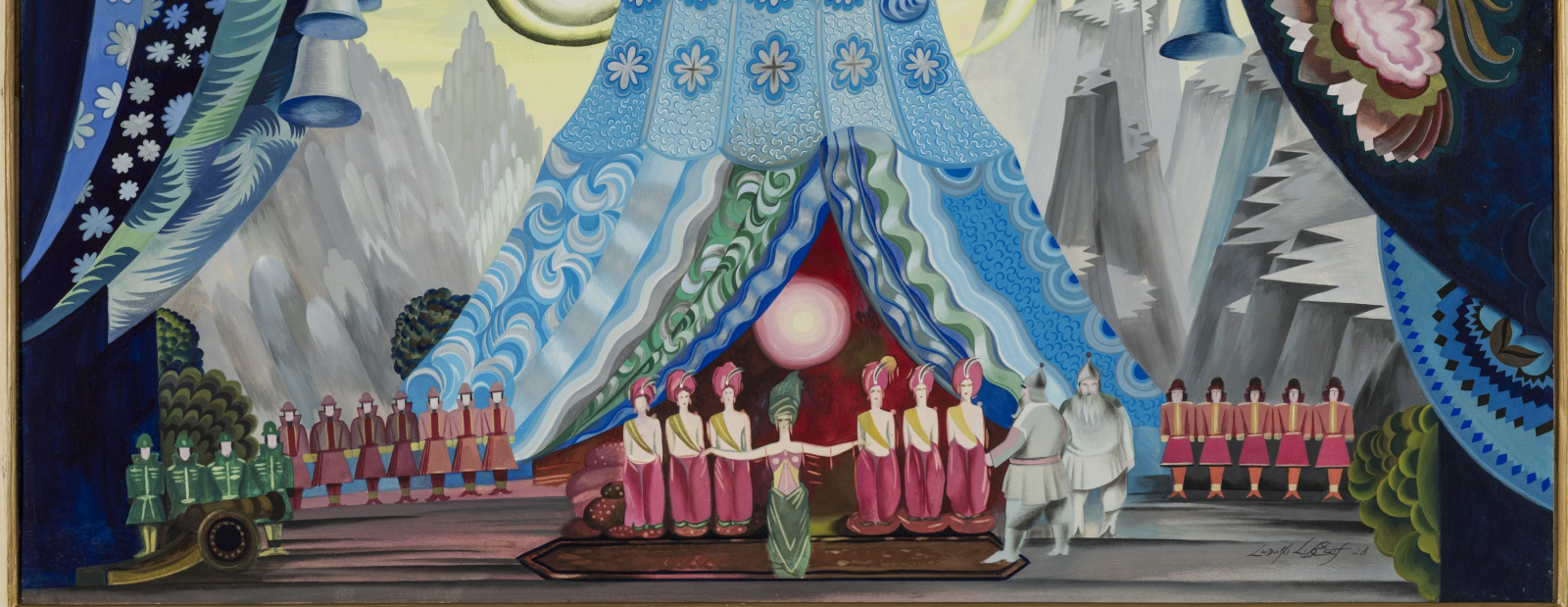Ludolf Liberts (1895–1959) is one of the brightest theater artists of the 1920s and 1930s. years. His performances are distinguished by the richness of imagination, the brightness of colors and the splendor of forms.
Liberty had a special ability to sense the wishes of the audience, he was able to conjure a wonderful world on the stage, which surprised and delighted both critics and the audience. Liberta’s decorations after the curtain was raised were often greeted with applause, and when you see sketches of these scenography or photographs of the performances performed today, this enthusiasm is understandable.
Art Deco The era in which Liberta’s career flourished in the theater found its expression in the ornamental motifs of his costumes and decorations – palm variations, geometric patterns and zigzags, emphasis on vertical rhythms, rhythms of fountain-like shapes. All this and the brilliance of contrasting, bright colors, gold made a brilliant impression.
Jānis Siliņš, a biographer of Ludolf Liberts, wrote that the artist achieved a sparkling color on a monumental scale by using “pure”, unmixed colors: Art Deco style is characterized by luxury and chic distinguished performances with an oriental or Far Eastern exotic environment (opera Aida (1927), Turandota (1930), Samson and Dalila (1931) or Queen of Saba (1935) etc.), as well as performances with Latvian national scenes (opera Vaidelote a Sprīdītis (abas 1927) uc).
Ludolf Libert’s productions were shown with great success in Lithuania and Sweden, but since 1929 he has also worked as a show director. The artist has had solo exhibitions in Paris (1927), Brussels (1929) and Berlin (1930), with works of scenography and costumes on display.
The exhibition at the R. Suta and A. Beļcova Museum offers a selection of works by Ludolf Libert from the collection of the Latvian National Museum of Art, supplemented by some works and photographic materials from the Museum of Literature and Music, as well as original costumes and costume accessories from Riga history and shipping museum.
Many of the works have been restored especially for the exhibition and until now – for many decades – were not available to a wider audience.
–


